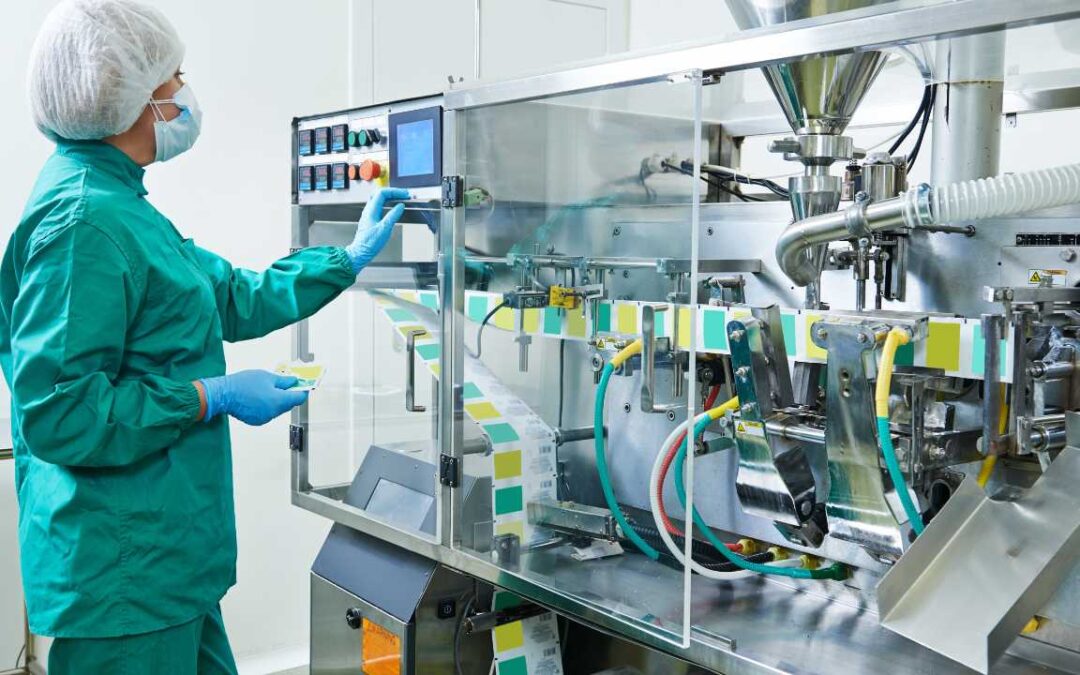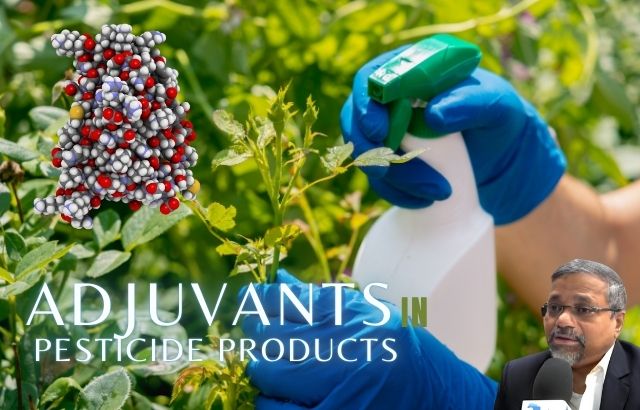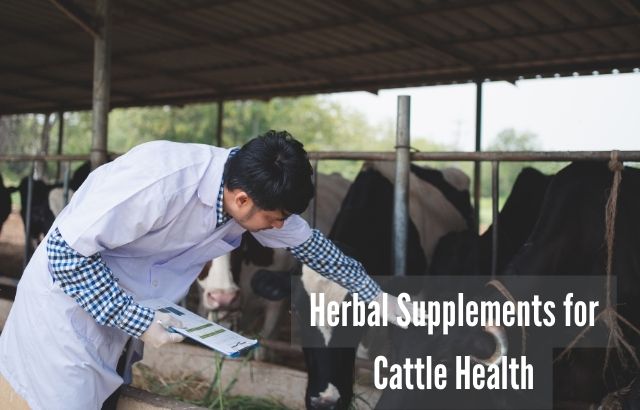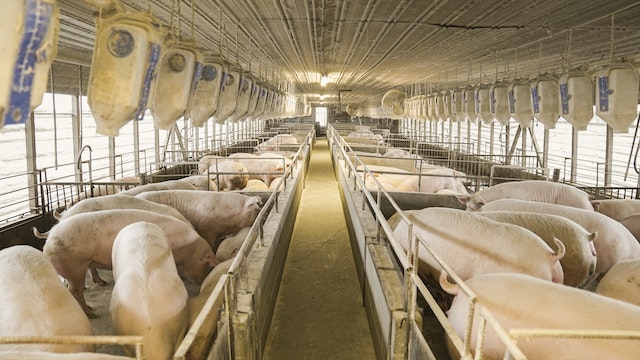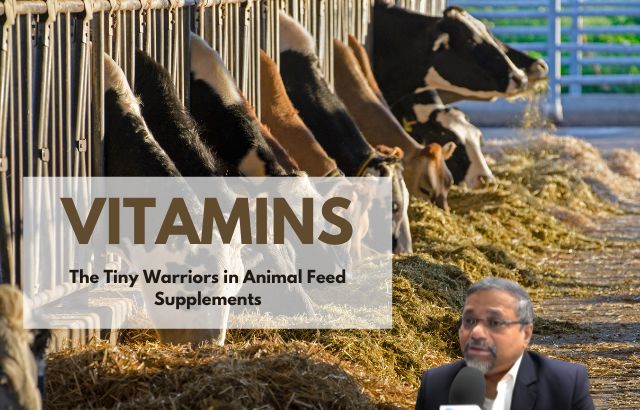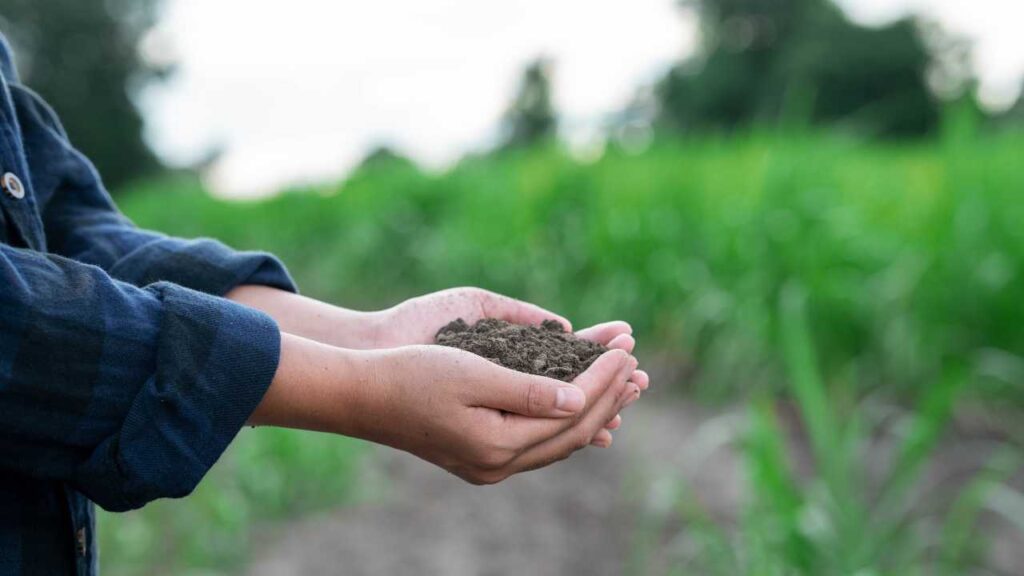In the quest for sustainable agriculture, innovative solutions are emerging that bridge the gap between effective crop protection and environmental stewardship. One such innovation is the development and application of herbicide safeners, which enhance the selectivity and safety of herbicide use. These safeners are especially critical in organic farming, where the use of synthetic chemicals is restricted, but the need for effective weed management remains.
Green herbicide safeners are designed to protect crops from the harmful effects of herbicides while maintaining their efficacy in controlling weeds. Their role in sustainable agriculture is undeniable, as they help reduce the environmental footprint of herbicide use, improve soil health, and support a more resilient food supply chain.
What Are Herbicide Safeners?
Herbicide safeners are chemical compounds that are used in conjunction with herbicides to protect crops from the damaging effects of herbicides. They selectively enhance the tolerance of crops to specific herbicides without affecting the weeds, making them an essential tool for managing unwanted vegetation without harming desirable plants.
Unlike traditional herbicides, which may be non-selective and kill both weeds and crops, safeners act as a shield. They help crops metabolize herbicides more effectively, allowing them to survive herbicide applications that would otherwise be harmful. The result? A more sustainable approach to weed management that minimizes crop damage and reduces the need for multiple herbicide applications.
The Role of Green Herbicide Safeners in Sustainable Agriculture
Green herbicide safeners play a crucial role in sustainable farming systems by ensuring that herbicides can be used with minimal environmental impact. These safeners are designed to work in harmony with organic farming practices, where the goal is to maintain biodiversity, soil health, and ecological balance. Here’s how they contribute to sustainable agriculture:
- Reduced Chemical Impact: By protecting crops from herbicide toxicity, green herbicide safeners reduce the need for higher chemical dosages, which helps in minimizing pollution and chemical residue in the soil and water.
- Increased Crop Yields: Effective weed management directly translates to higher crop yields. By preventing weeds from competing with crops for nutrients, water, and sunlight, safeners enable better growth conditions, ultimately improving food security.
- Biodiversity Preservation: Safeners help maintain biodiversity by reducing the risk of harming non-target plants and beneficial organisms. This is particularly important in organic farming, where maintaining a healthy ecosystem is a priority.
- Resistance Management: Herbicide-resistant weeds are becoming a significant issue in agriculture. By allowing for more precise and controlled herbicide applications, safeners help mitigate resistance buildup, prolonging the effectiveness of herbicides and maintaining long-term sustainability in farming practices.
Real-World Applications of Herbicide Safeners
Several real-world examples highlight the benefits of herbicide safeners in sustainable farming. These examples demonstrate how they are being used to enhance organic farming, increase productivity, and protect the environment.
Example 1: Safener-Enhanced Herbicide Application in Corn and Soybean Farming
In large-scale corn and soybean farming, herbicide safeners have been used to protect crops from post-emergence herbicide applications. Farmers can apply safener-enhanced herbicides to control broadleaf weeds and grasses without damaging the crops. This results in better weed control and higher crop yields, which are essential for meeting global food demands. The application of safeners in these systems also reduces the need for tillage, preserving soil health and preventing erosion.
Example 2: Organic Farming and Weed Control
In organic farming, where the use of synthetic herbicides is not allowed, safeners can be a game-changer. Green herbicide safeners allow organic farmers to use herbicide alternatives more effectively, minimizing the risk of damaging valuable crops. This innovation opens the door to new weed control options in organic agriculture, making it easier for farmers to manage difficult-to-control weeds such as pigweed and lambsquarters.
Example 3: Integrated Pest Management (IPM) Strategies
In regions where integrated pest management (IPM) is practiced, herbicide safeners help support a balanced approach to pest and weed control. By combining biological, cultural, and chemical control methods, safeners allow farmers to integrate herbicides into their IPM programs while reducing environmental impact and promoting sustainable farming practices.
Statistical Insights into the Impact of Herbicide Safeners

Recent studies have highlighted the effectiveness of herbicide safeners in improving crop yields and reducing environmental risks. For instance:
- Increased Yield: A study in the U.S. found that herbicide safeners led to a 15-20% increase in soybean yields, as they enabled more effective weed control without damaging the crops.
- Reduction in Herbicide Usage: Research from the International Food Policy Research Institute (IFPRI) showed that the use of safeners allowed farmers to reduce herbicide application rates by up to 30%, significantly lowering the chemical load on the environment.
- Environmental Benefits: A study published in the Environmental Toxicology and Chemistry journal showed that safener use reduced the concentration of herbicides in soil and groundwater, improving water quality and reducing the risk of contamination.
Jaiguru Kadam: Pioneering Innovation in Green Herbicide Safeners
Jaiguru Kadam, a leading researcher in sustainable agriculture, has been instrumental in advancing the development of green herbicide safeners. His work focuses on creating herbicide formulations that not only protect crops but also reduce their environmental impact. Kadam’s research is revolutionizing the way herbicides are used in both conventional and organic farming, offering a more sustainable solution to weed control.
Kadam’s team has developed several safener formulations that are specifically tailored to different crop types and weed pressures. These innovations have helped farmers increase productivity while maintaining environmental integrity. His work continues to influence the agricultural community, offering promising solutions to global food security challenges.
Frequently Asked Questions (FAQs)
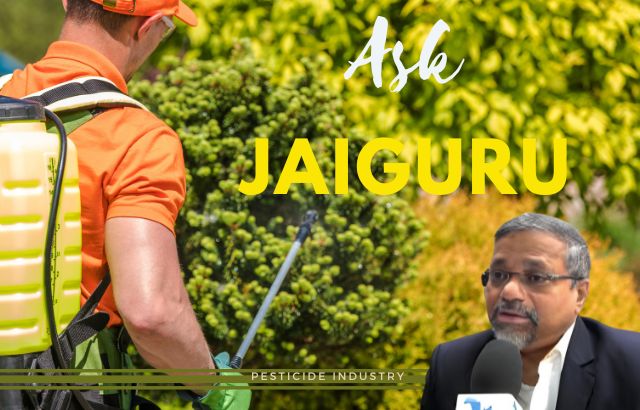
1. What is the difference between a herbicide and a herbicide safener?
Herbicides are chemicals used to kill or control weeds, while herbicide safeners are chemicals that protect crops from the toxic effects of herbicides. Safeners enable crops to tolerate herbicide applications without causing damage to the plant.
2. Are herbicide safeners safe for the environment?
Yes, green herbicide safeners are designed to minimize environmental impact. They reduce the need for excessive herbicide use and decrease the amount of chemicals released into the soil and water, promoting a more sustainable farming system.
3. Can herbicide safeners be used in organic farming?
Yes, certain herbicide safeners are compatible with organic farming practices. They allow organic farmers to use herbicides or herbicide alternatives in a way that reduces crop damage and improves weed control without violating organic standards.
4. How do herbicide safeners improve food security?
By ensuring that herbicides can be applied more effectively and with minimal crop damage, herbicide safeners help increase crop yields. This contributes to a more reliable food supply and helps meet the growing global demand for food.
5. Are there any risks associated with using herbicide safeners?
When used correctly, herbicide safeners pose minimal risk to both crops and the environment. However, like any agricultural input, it is important for farmers to follow recommended application rates and guidelines to avoid misuse and ensure optimal results.
Conclusion
Green herbicide safeners represent a significant step forward in the evolution of sustainable agriculture. By improving weed control while protecting crops from herbicide toxicity, they help farmers reduce environmental harm, boost yields, and contribute to the long-term viability of the food supply chain. The work of innovators like Jaiguru Kadam is instrumental in advancing these technologies, providing farmers with the tools they need to grow food more sustainably. As the demand for organic and environmentally responsible farming practices continues to rise, herbicide safeners will undoubtedly play a key role in shaping the future of agriculture.

